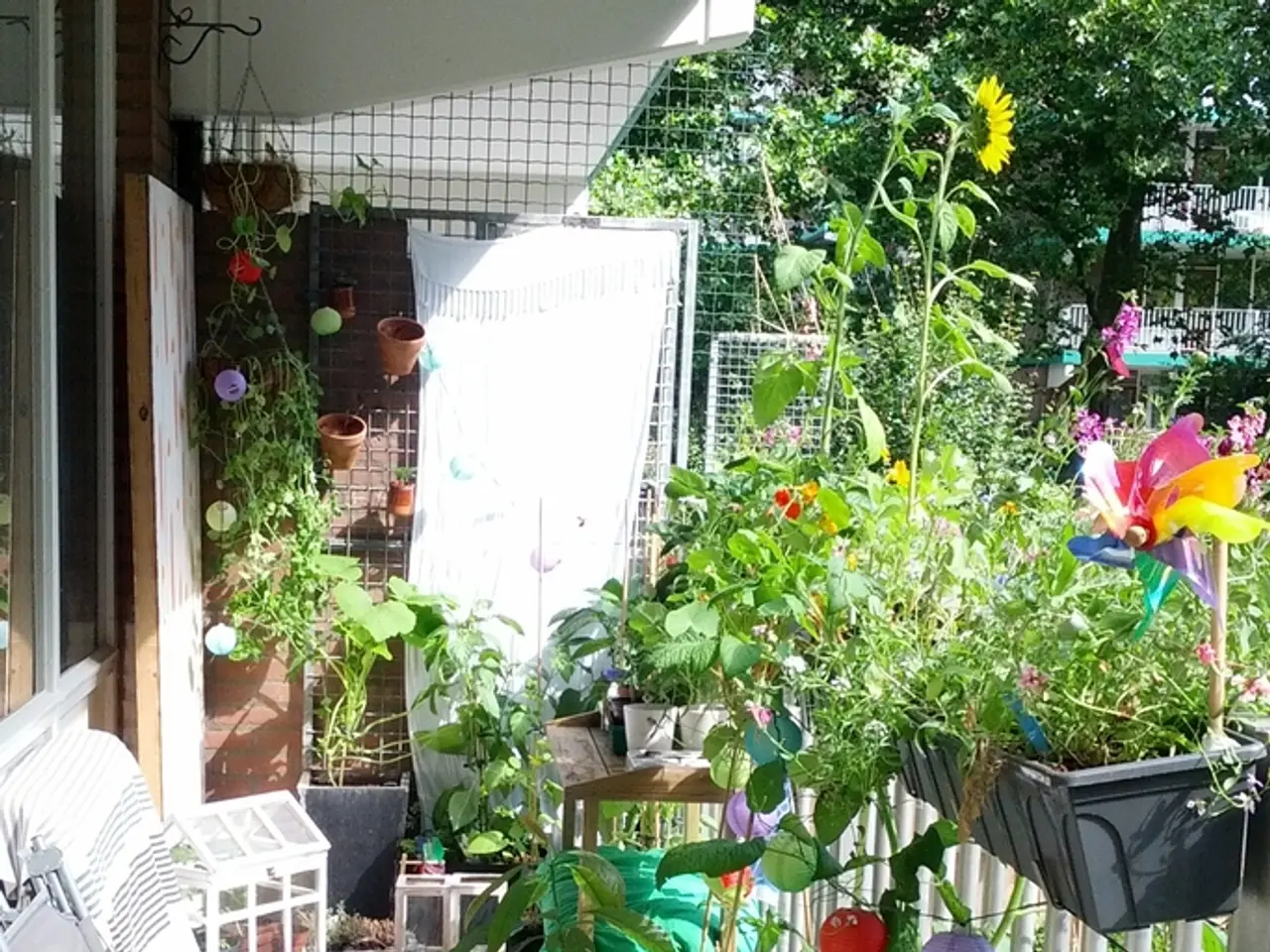The Insights from Atomic Habits for Organizing and Simplifying
In the quest for a clutter-free, streamlined home, James Clear's "Atomic Habits" offers valuable insights. Here are 11 impactful lessons from the book, tailored specifically for organization and decluttering:
- Make it Obvious: Design your living space to visually cue decluttering. Keep storage spaces and bins visible and accessible so that tidying becomes an automatic action.
- Make it Attractive: Pair decluttering with something enjoyable or create a rewarding routine around it to increase motivation.
- Make it Easy: Simplify the process of putting things away by minimizing friction. Use easy storage solutions and reduce the number of items kept to make cleaning effortless.
- Make it Satisfying: Use immediate positive feedback to reinforce tidying habits. For example, create a visual snapshot of before and after spaces or track tidying streaks for progress.
- Focus on Small, Consistent Changes: Instead of doing overwhelming cleaning sessions, adopt small daily habits like clearing one surface or organizing one drawer at a time. Over time, this compounds into a significantly clutter-free environment.
- Implement Habit Stacking: Attach new decluttering habits to existing routines (e.g., after making your bed, spend 2 minutes organizing a desk drawer). This leverages current habits to build new ones.
- Design Your Environment for Success: Shape your surroundings so clutter has no place to settle. Keep counters clear, designate spots for commonly used items, and remove unnecessary objects.
- Replace Bad Habits with Good Ones: Identify triggers that lead to cluttering behaviours (such as dropping mail on a table) and substitute them with habits like immediately sorting mail into bins.
- Track Your Progress: Use habit trackers or checklists to maintain consistency and visualize progress, which reinforces ongoing motivation.
- Focus on Identity Change: Consider yourself as “the type of person who keeps a tidy, organized space.” This identity mindset helps sustain habits aligned with maintaining clutter-free spaces.
- Overcome Willpower Limits by Building Systems: Rely on habit systems and environment design rather than motivation alone to maintain a clutter-free space—systems are more reliable and automate good habits.
These lessons collectively emphasize small, manageable behaviour changes combined with deliberate environment design and identity reinforcement as keys to maintaining a clutter-free space. This approach ensures sustained progress without needing intense willpower or motivation. By focusing on systems and small, consistent changes, we can make time our ally in our journey towards a clutter-free home.
- To make decluttering a natural part of your daily routines, create a visually conspicuous storage system for your home and garden.
- For a more mindful approach to maintaining space, pair decluttering tasks with enjoyable activities or integrate them into your fashion-and-beauty regimen.
- Simplify your home-and-garden lifestyle by adopting easy habits for organizing and storing items, reducing clutter and making cleaning effortless.
- Celebrate small victories in your decluttering journey by taking before-and-after photos or tracking your tidying streaks, offering immediate positive feedback for your efforts.
- The key to long-term decluttering success is focusing on small, consistent changes; tackle one surface or drawer each day or habit stack decluttering with existing routines.
- Design your living environment thoughtfully to discourage clutter accumulation; keep counters free, designate spots for commonly used items, and remove unnecessary fashion-and-beauty products.
- Identify the habits that lead to cluttering in your home and replace them with more organized, mindful behaviors, like sorting mail as soon as it arrives.
- Monitor your progress and visually reflect on your achievement by using habit trackers or checklists, ensuring consistency and maintaining motivation.
- Embrace the identity of someone who values an organized, clutter-free environment and let that mindset guide your routine and lifestyle choices.
- To maintain a clutter-free space without relying on constant willpower, build habit systems and design your environment in ways that automate good decluttering habits.




